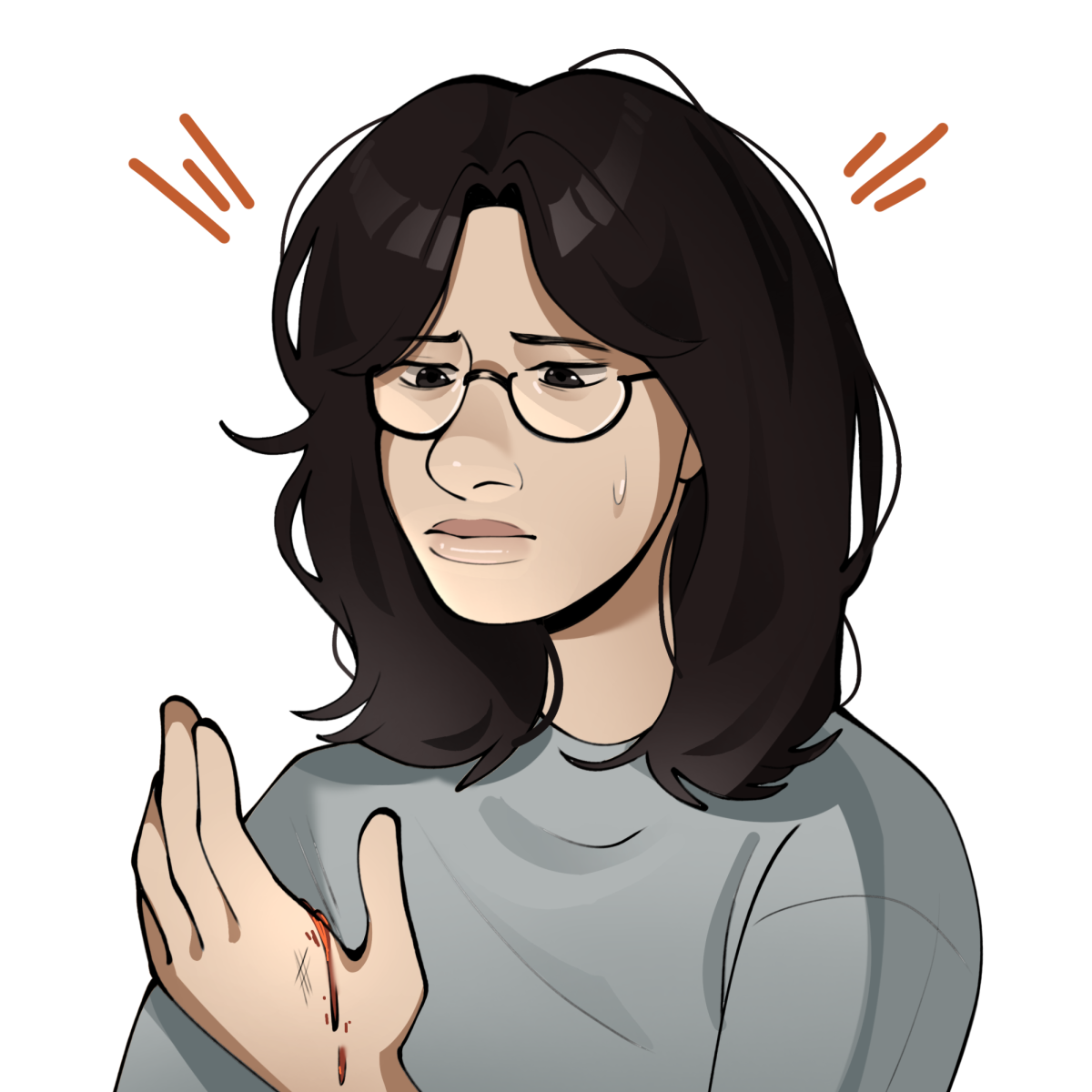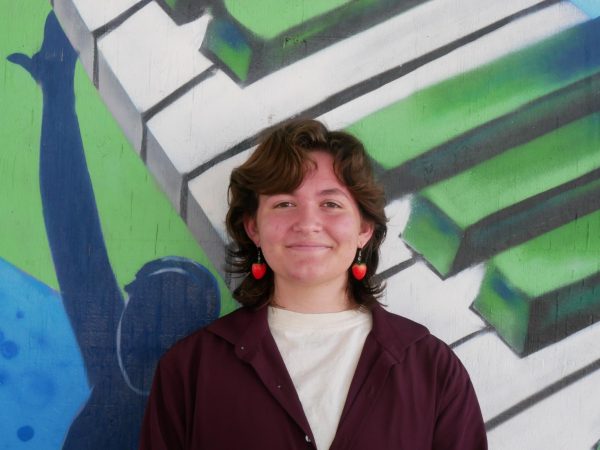It is happening again. A high-pitched, unearthly ring sharply hits my ears, my vision blurs and slowly seems to close me off from my surroundings and I seem to float away from the world. I first felt this draining experience in second grade after a recess break and I had brushed off what I thought was just a minor scratch on my knee from hitting the black pavement. It only took five minutes until I realized blood was dripping down my knee and the mysterious ringing began. Next thing I knew, I was unconscious in the nurse’s office, lying on a bed.
I would come to experience this reaction many more times throughout the next 10 years, some having a worse intensity than others. It was something in the shadows following me everywhere and anywhere whenever blood emerged from an injury. I would feel this experience in parking lots, school, the park, and most commonly, my house. What I was experiencing was a vasovagal syncope condition also known as neurocardiogenic syncope.
As explained by the Sparrow, an organization providing information from community healthcare professionals, vasovagal syncope occurs when one faints due to the body’s response to certain triggers, such as the sight of blood or extreme emotional distress. Moreover, vasovagal syncope triggers the heart rate and blood pressure to drop suddenly, reduces blood flow to the brain and causes a loss of consciousness.
Although I have become accustomed to this indescribable experience, it is oftentimes unusual and difficult to understand for others who hear that I simply ‘faint at the sight of blood.’ It frequently ends with me on the ground completely limp but it is not as simple or easy as that. A common misconception is I faint immediately or am triggered by someone’s scratch. However, I do not usually faint because of others’ injuries and may just feel dizzy if they have visible blood. I am usually only affected by my own injuries.
These misconceptions mixed with the level of maturity in elementary school kids played a part in my younger school years. I was often teased to test the limits of what I would faint from when kids would show me their injuries and want to provoke a reaction. Although I was not really affected by their reactions, I have grown to be more cautious over the years in my proximity to people whenever they are injured at school.
There are often a number of phases I experience before I actually faint that are further explained by the American Family Physician, a clinical journal dedicated to empowering family physicians on improving the health of communities. Furthermore, the journal explains that vasovagal syncope has three distinct phases: a prodrome, loss of consciousness, and a post-syncopal phase and states a precipitating event or situation “usually is identifiable.”
In my case, the reason behind my vasovagal syncope and the three main phases play a significant role in my experience. The ‘prodrome’ phase is usually what leads up to the fainting and is characterized by a sudden wave of weakness, dizziness and eventually tunnel vision. I don’t know much once I faint but remember the feeling of stillness, silence and darkness everywhere.
It is only when I wake up; the ‘post syncopal’ phase where I can recollect myself from the confusion and disorientation to recognize what happened. I have been fortunate to have family around me who understand that I experience these responses; however, I have never met someone else who shares my experiences.
As explained by Google’s quick response section made for illnesses and conditions, experiencing vasovagal syncope is common in the United States with more than three million cases annually. Moreover, the National Center for Biotechnology Information, a database offering a variety of topics regarding biotechnology, states a “the lifetime incidence of an episode of vasovagal syncope is more than 33%.” Although it seems to be common, in my experience many people are unfamiliar with what to do in these situations and unaware of this occurrence.
In addition, unlike most cases, I do not experience one vasovagal syncope episode in my lifetime and instead experience them often. The Science Direct institution, aiming to educate on several scientific topics through journals and books, explains that vasovagal syncope may have a genetic predisposition and a high prevalence in some families, and children of a fainting parent are more likely to faint than those without a parent who faints.
My mom is the only other person in my family who experiences vasovagal syncopes and unlike me, she experiences them to a smaller degree and less frequently. With a looming threat of fainting ready to spring out at me anywhere and anytime, I am left a little paranoid when it comes to the possibility of getting injured and bleeding later on.
Along with the constant caution and need to educate others, I am left with the toll each episode takes on me mentally. I dread the feeling everytime when it feels as though I am drained of all my energy and left disoriented..
The numerous times I have fainted throughout my childhood affected me and made me fearful about fainting but as a result I was able to learn from these experiences. As I matured, I have worked to lessen the effects of experiencing a vasovagal syncope and gained a support system as I work through it all. Furthermore, as I learn more about vasovagal syncope and understand how it affects me both mentally and physically, I begin to feel more comfortable as I continue in my daily life.






